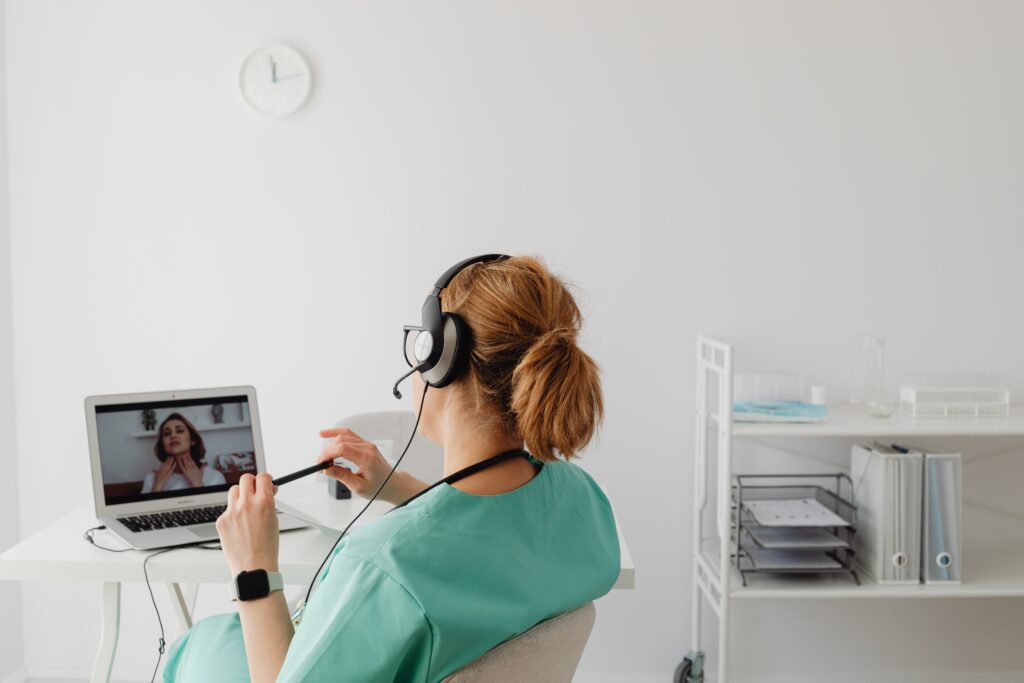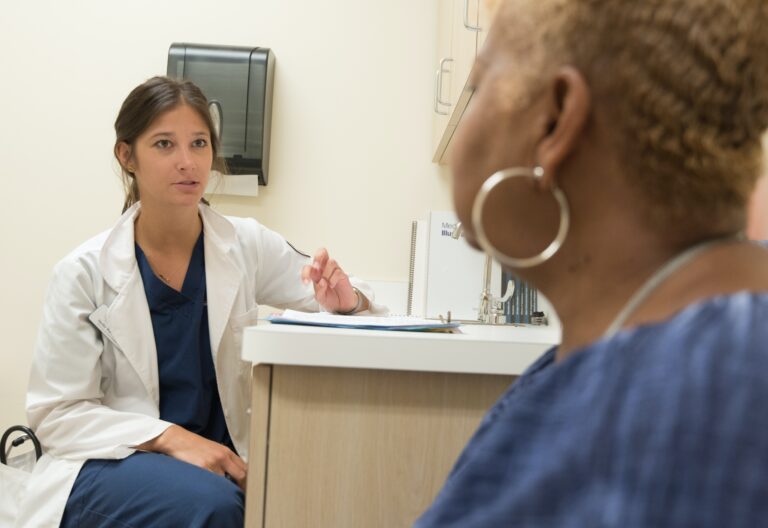Telehealth has become a vital healthcare service.
Healthcare providers need reliable and secure platforms that help them connect and engage with clients virtually. If you are wondering about the importance of telehealth platforms and their types and benefits, you’ve come to the right place.
Table of Contents

What Are Telehealth Platforms?
Telehealth platforms allow patients to access healthcare services and providers to offer their services remotely via communications technology. NEJM Catalyst defines telehealth as the “delivery and facilitation of health and health-related services through telecommunications and digital communication technologies.”
Telehealth allows these services to be accessed virtually:
- medical care
- patient monitoring
- electronic medical records
- prescribing and lab ordering
- patient and provider education
- health information services
- self-care
Telehealth vs. Telemedicine
Don’t confuse telehealth with telemedicine, even though they are often used interchangeably. Telemedicine is only one aspect of telehealth, which is broader and encompasses all digital health services and activities. Telemedicine specifically refers to the remote practice of medicine using digital tools.
An example of telemedicine is a healthcare provider who uses an app to provide virtual consultations and diagnoses to patients. This type of remote patient care is telemedicine. This activity is also a part of telehealth but is not limited to it. Telehealth includes other activities such as wearable medical devices, healthcare education, and remote collaboration between healthcare providers.

Different Types of Telehealth Platforms
Presently, healthcare providers use different telehealth platforms to improve patient care:
Live Video-Conferencing (Synchronous telehealth)
Live video conferencing is the real-time communication between healthcare providers and patients or between healthcare providers themselves using video and audio. Using live video conferencing, patients can set up virtual appointments with a specialist in a different location and show them any physical symptoms.
We recommend using the best HIPAA-compliant telehealth platforms for this live video conferencing. A patient’s medical data is protected health information (PHI) under the law, and a breach because of poor platform security can lead to HIPAA violations and penalties.
Store and Forward Electronic Transmission (Asynchronous telehealth)
This telehealth service collects and stores electronic medical data such as images, documents, and videos and sends it at a later time to another healthcare provider or professional for review. For instance, a primary care physician takes a photo of a skin lesion using a smart tablet, saves it in an EHR platform, and then sends it to a dermatologist for evaluation.
Patient management and EHR platforms make store-and-forward telehealth possible. Through these platforms, medical staff can accurately record a patient’s medical history, diagnosis, and treatment plan and access or forward them later for evaluation. Some platforms also include a patient portal so patients can quickly access their medical information using a mobile device.
Mobile Health Apps (mHealth)
The World Health Organization defines mHealth as the “use of mobile wireless technologies for health.” mHealth uses smartphones, smart tablets, wearables for health and wellness, remote patient monitoring (RPM), electronic health records, e-prescriptions, and health information and education.
Thousands of healthcare apps and wearables are available today, and more people are adopting mHealth to track vital signs and sleep. Statista shows that in 2022, 25% of users in the United States utilized paid health apps, while funding for mHealth apps reached $1.6 billion in the first half of 2021.

5 Benefits of Telehealth Platforms
Platforms for telehealth have become an important aspect of healthcare today because they offer multiple benefits:
Provides accessible healthcare
Many people have limited access to healthcare. It is usually difficult for people living in rural and impoverished areas, persons with disabilities, and the elderly to travel to places where healthcare is readily available. Telehealth breaks down geographical barriers and allows patients in remote and underserved areas to access healthcare services without traveling long distances.
Offers convenience
Some professionals and parents struggle with heavy traffic and busy schedules. With telehealth, patients can now schedule appointments and receive care from the comfort of their own homes. They don’t need to spend much time or money to travel or stay in waiting rooms.
Facilitates timely care
Telehealth platforms can quickly be accessed anytime and anywhere using a computer, mobile device, or wearable. Patients can book appointments online, forego long waiting lines, and receive their diagnosis after a consultation. Providers can quickly review a patient’s medical history on each visit without sorting through a mountain of documents.
Reduces infection risk
Lack of access to telehealth platforms compels patients to visit clinics in person, even for simple consultations. Telehealth eliminates this inconvenience and minimizes their exposure to infectious diseases. This is why these platforms became even more popular during the COVID-19 pandemic. They were not only convenient but also reduced the transmission of viruses.
Offers healthcare providers flexibility
Healthcare providers can now conduct their medical practice anytime and anywhere. They can offer telemedicine services and coordinate with other healthcare providers. By providing telehealth services, providers can reach a wider patient population, increase patient engagement, and reduce the administrative tasks associated with in-person visits.







